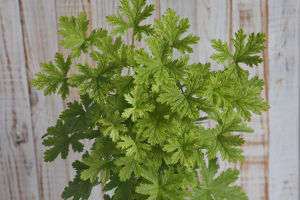Succulent plants are a diverse group of plants that have adapted to survive in dry, arid environments. These plants are known for their thick, fleshy leaves and stems that store water for long periods, making them well-suited to hot, dry conditions
Succulent plants are commonly found in desert and tropical climates and have become increasingly popular as houseplants due to their unique appearance and easy maintenance.
One of the most well-known types of succulent plants is the cactus.
Cacti are known for their prickly spines and distinctive shapes, which can range from tall, columnar forms to round, ball-like shapes. Some cacti also produce colorful flowers that bloom in the spring or summer. Other types of succulent plants include aloe vera, jade plants, and echeverias, which are known for their rosette-shaped leaves and colorful blooms.
One of the benefits of succulent plants is that they are low-maintenance and easy to care for. Because they are adapted to survive in harsh conditions, succulent plants can tolerate neglect and require minimal watering.
Over-watering can be a common mistake made by new succulent plant owners, as these plants are susceptible to root rot if they are watered too frequently. Most succulent plants prefer well-draining soil and bright, indirect sunlight, and can thrive in a range of indoor and outdoor environments.
Succulent plants are also popular for their unique appearance and versatility. The thick, fleshy leaves and stems of these plants come in a range of shapes, sizes, and colors, and can be used to create eye-catching arrangements and displays. Many succulent plants also produce colorful blooms in shades of pink, red, yellow, and orange, adding to their visual appeal.
Some succulent plants, such as the snake plant, are also known for their air-purifying qualities, making them a popular choice for indoor environments.
One of the challenges of caring for succulent plants is identifying and treating common issues that can arise. For example, some types of succulent plants are prone to mealybugs, which are small, white insects that can damage the plant's leaves and stems.
Other common issues include over-watering, under-watering, and nutrient deficiencies. Fortunately, many of these issues can be easily resolved with proper care and attention, such as adjusting the plant's watering schedule or applying a natural pest control solution.
In addition to their ornamental value, succulent plants also have a range of practical uses. For example, aloe vera is known for its medicinal properties and can be used to treat minor burns and skin irritations.
Overall, succulent plants are a fascinating and diverse group of plants that have adapted to survive in some of the harshest environments on Earth.
These plants are valued for their unique appearance, easy maintenance, and versatility, and have become increasingly popular as houseplants and ornamental plants in gardens and landscapes.
Whether you are a seasoned gardener or a novice plant owner, there is sure to be a succulent plant that will thrive in your environment and bring beauty and life to your space.


